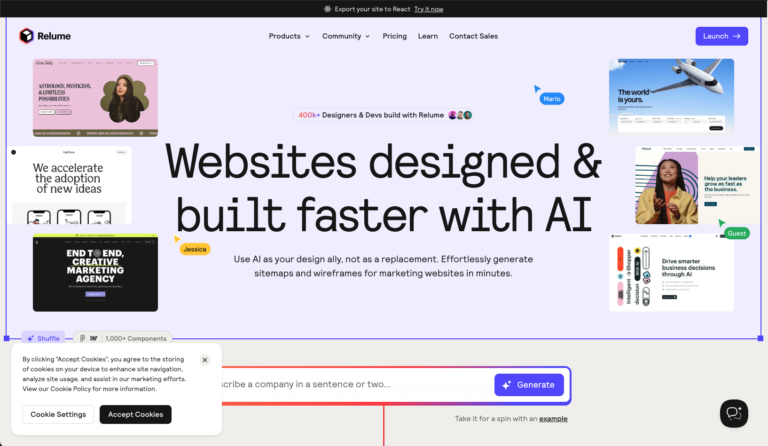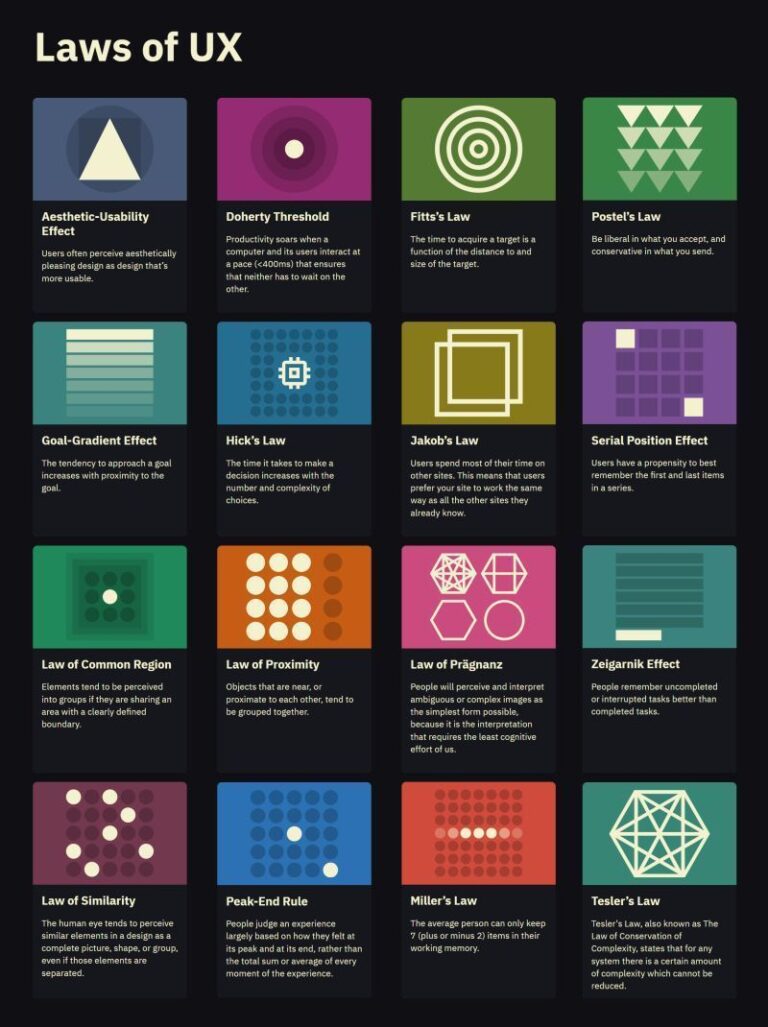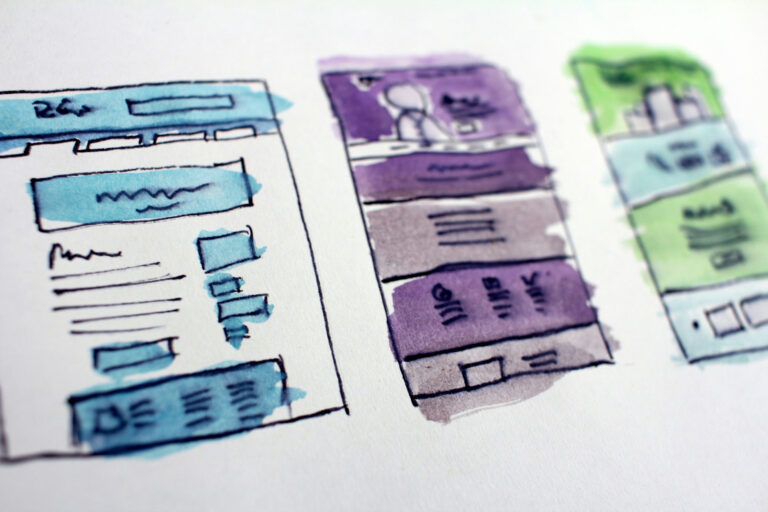
Your homepage is not just a welcome mat. It is your site’s first and best opportunity to guide someone toward working with you. But most homepages are built backwards, packed with trendy design elements and vague messaging that leaves users confused about what to do next.
Here’s a simple structure that works well for small business websites and service providers:
1. Headline and Subhead
Clear statement of what you do and who you do it for. Avoid cleverness and focus on clarity. If a visitor cannot understand what you offer in five seconds, they will leave.
2. Call to Action (CTA)
Give the user a next step right away. Whether it is a contact button, a “Get Started” link, or a calendar booking — make it visible and easy to click.
3. Services or Solutions
Brief overview of your main offerings. Use clear language and link to more detailed service pages if needed.
4. Social Proof
Include testimonials, logos of clients you have worked with, or review highlights. This helps build trust early in the visit.
5. About You or Your Approach
Introduce yourself or your team with a focus on what makes your work different. This section is not just about credentials — it is about connection.
6. CTA Again
Reinforce your primary call to action before the user reaches the footer. Don’t make people scroll all the way back up.
7. Footer With Navigation and Contact Info
Keep this simple and functional. It is often a visitor’s last stop before making a decision.
This structure gives your homepage purpose, helping users understand what you do, why it matters, and how to take action.
If your homepage feels cluttered or unclear, start by reviewing the structure. The fix might be simpler than you think.






